What to Know Before Visiting Europe
Basic Facts
Name: Europe
Area: 10,160,000 sq km (3,922,798 sq mi)
Location: Northwest of Eastern Hemisphere
Population: 745,027,000 (2020)
Population density: 73/sq km (190 /sq mi)
Languages: English, French, German, Italian, Spanish, Portuguese, Dutch, Russian…
Time zones: UTC-1 to UTC+4
Number of countries: 44
Main countries: UK, France, Germany, Russia, Italy, Spain, Portugal, Netherlands, Finland, Denmark, Norway, Sweden, Ireland, Switzerland, Austria, Greece, Monaco…
Largest cities: London, Edinburgh, Liverpool, Birmingham, Oxford, Cambridge, Paris, Lyon, Marseilles, Nice, Berlin, Hamburg, Munich, Frankfurt, Roma, Milan, Venice, Florence, Moscow, St.Petersburg, Vietnam, Madrid, Lisbon, Amsterdam, Rotterdam, Zurich, Athens, Stockholm, Dublin, Oslo, Helsinki, Copenhagen, Geneva, Budapest, Prague…
-

Red Square, Russia
-

Louvre Museum, France
-

Northern Lights, Norway
Where is Europe?
Located in the northwest of Eastern Hemisphere, Europe borders Asia on the east and southeast, like a giant peninsula of Eurasia extending into the Atlantic Ocean on the west. On its north, it's the vast Arctic Ocean and on the south, it faces Africa across the Mediterranean Sea. It is the second smallest continent among all the 7 continents in the world, accounting for 6.8% of the earth's total land area, but it is the world's third populous continent mainly benefiting from its mild weather and developed economy.
Best Time to Visit
Most part of Europe is in the northern temperate zone and the warm and moist air from the Arctic Ocean can go deep into the inner land, so the climate of the Europe gradually turns from temperate marine to temperate continental from west to east. Partially, it is also influenced by Mediterranean climate around the Mediterranean Sea, polar climate in the north, and plateau and mountain climate in the south and southeast. Generally, it is fine to visit Europe all year round. From April to June and September to October with mild weather, one can go sightseeing comfortably in most part of the continent. In summer from July to August, one can enjoy themselves in the cool Alps areas or go to northern Europe to avoid the summer heat. In winter from November to next March, it is the best time for skiing, polar lights and Christmas celebrations, etc.
Natural Wonders to Visit
Europe is rich in distinctive landscapes and beautiful scenery, mostly in Scandinavian Peninsula, the Alps, and around the Mediterranean Sea and Black Sea.
Scandinavian Peninsula in Northern Europe is highly covered by dense forest and rich in lakes and fiords. The world's longest and deepest fiord, Sognefjord is there. Northern Europe is also one of the world's best sites to appreciate polar lights.
The Alps in Southern Europe is skiers' paradise and its Apennines is well known for volcanic wonders like Vesuvius and Sila Volcanoes. There are also many summer resorts scattering in the Alps, especially in Austria, Germany, Switzerland, Italy, France, Slovakia and Hungary.
The Mediterranean Sea attracts visitors with abundant sunshine, soft beaches, and blue water. The top-notch destinations include Sunshine Coast and Baleaies Islands in Spain, Nice, Bren Coast and Corsica in France, and Santorini in Greece.
Along the bank of the Black Sea in Eastern Europe, there are many holiday resorts, especially in Sochi in Russia and Varna in Bulgaria.
Last but not least, Iceland is unique for glacial landform, making it one of the world's best destinations to admire glaciers, including Vatnajokull Glacier, Langjokull Glacier, and Hofsjokull Glacier. Netherlands is second to none for appreciating tulips and Provence in France for lavender.
-

Sognefjord, Norway
-

Jungfraujoch of Switzerland
-

Santorini, Greece
History & Culture Tour
Europe is one of the earliest lands with human civilization. The ancient Greek and Roman civilization was nursed here. Their relics worthy visit include Acropolis of Athens and Archaeological Site of Olympia in Greece, and Colosseum of Roma in Italy.
Religions, especially Christianism have been widely believed since ancient times in Europe, leaving many famous religious architecture, like Cathédrale Notre Dame de Paris in France, Cologne Cathedral and Ulm Minster Cathedral in Germany, Sagrada Família in Spain, St. Peter's Basilica Church in Vatican, and Leaning Tower of Pisa in Italy. More interestingly, the Santa Claus Village is the best place to ask for a gift from the Santa in person.
Europe is also the hometowns of the world's most kings and queens and their luxurious palaces should definitely on your Europe travel list, like Buckingham Palace in UK, Louvre Museum in France, and Kremlin Palace in Russia. If time permits, add some of the ancient castles into the list too, like New Swan Stone Castle and Burg Hohenzollern in Germany, Edinburgh Castle in UK, Fort Chambo in France, Salzburg in Austria, Chillon Castle in Switzerland, and Prague Castle in Czech.
Other landmarks that will catch your eyes in Europe include Tower Bridge and Big Bell in London, Eiffel Tower and Arc de Triomphe in Paris, and Venice-a city on the water in Italy.
Many of the above mentioned cities grew up along the long rivers like Danube, Rhine, Seine, Volga and Thames, so a leisurely cruise is the best way to appreciate the cityscapes.
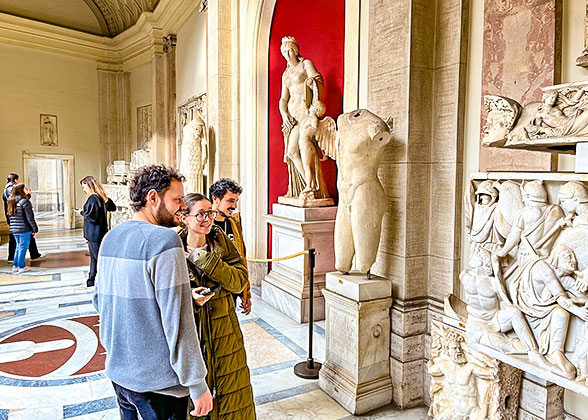 Fantastic Italy Holiday11 Days Rome - Vatican - Naples - Pompeii - Sorrento - Capri - Naples - Florence - Venice
Fantastic Italy Holiday11 Days Rome - Vatican - Naples - Pompeii - Sorrento - Capri - Naples - Florence - Venice
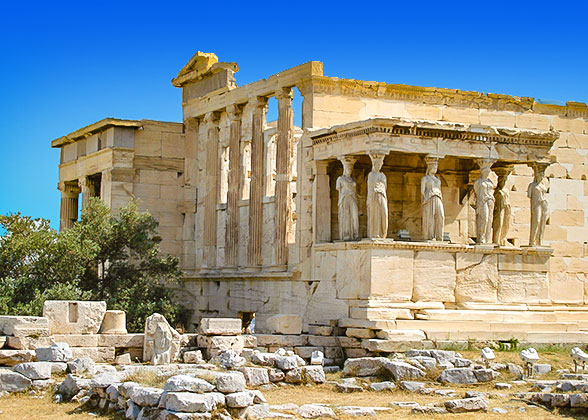 Best Greece Tour for Aegean Sea12 Days Athens - Olympia - Zakynthos - Delphi - Kalambaka - Athens - Santorini - Athens from USD4929 USD4337
Best Greece Tour for Aegean Sea12 Days Athens - Olympia - Zakynthos - Delphi - Kalambaka - Athens - Santorini - Athens from USD4929 USD4337
 Scenic Switzerland with Glacier Express8 Days Zurich - Lucerne - Interlaken - Jungfraujoch - Zermatt - Matterhorn - Glacier Express - St. Moritz - Zurich from USD3849
Scenic Switzerland with Glacier Express8 Days Zurich - Lucerne - Interlaken - Jungfraujoch - Zermatt - Matterhorn - Glacier Express - St. Moritz - Zurich from USD3849
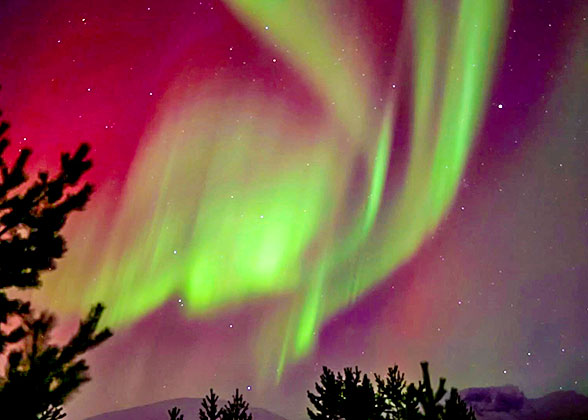 Gems of Iceland10 Days Reykjavik - Golden Circle - South Coast - Vik - Skaftafell - Vatnajokull NP - East Fjords - Lake Myvatn - Akureyri - West Coast from USD10099 USD8887
Gems of Iceland10 Days Reykjavik - Golden Circle - South Coast - Vik - Skaftafell - Vatnajokull NP - East Fjords - Lake Myvatn - Akureyri - West Coast from USD10099 USD8887
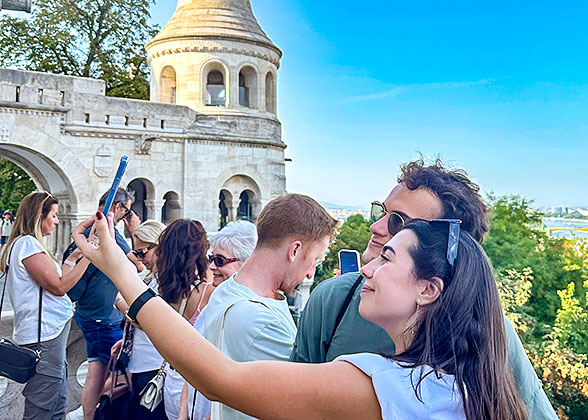 Grand Cities of Germany8 Days Berlin - Hamburg - Bremen - Cologne - Frankfurt - Munich
Grand Cities of Germany8 Days Berlin - Hamburg - Bremen - Cologne - Frankfurt - Munich
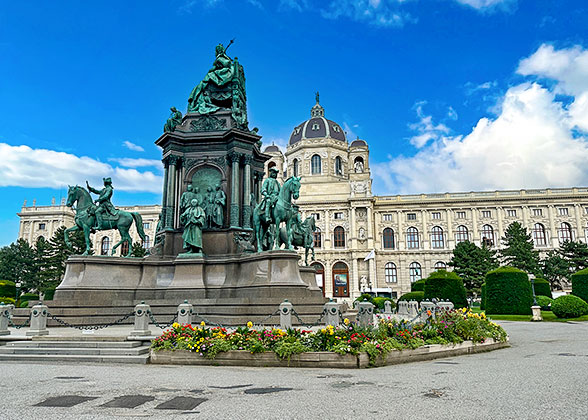 Essence of Austria8 Days Vienna - Durnstein - Hallstatt - Bad Ischl - Salzburg from USD6689 USD5886
Essence of Austria8 Days Vienna - Durnstein - Hallstatt - Bad Ischl - Salzburg from USD6689 USD5886
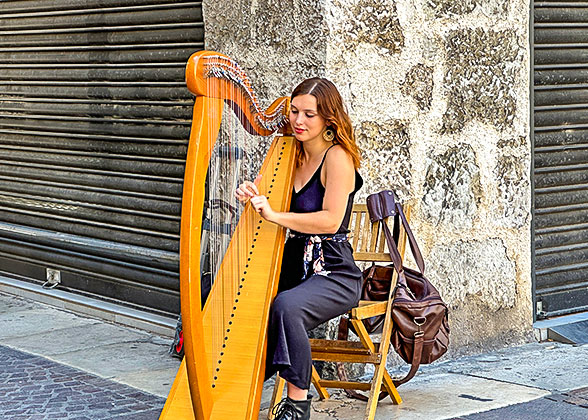 Highlights of Poland9 Days Warsaw - Gdansk - Torun - Poznan - Czestochowa - Krakow - Zakopane - Auschwitz - Krakow from USD3369 USD2964
Highlights of Poland9 Days Warsaw - Gdansk - Torun - Poznan - Czestochowa - Krakow - Zakopane - Auschwitz - Krakow from USD3369 USD2964
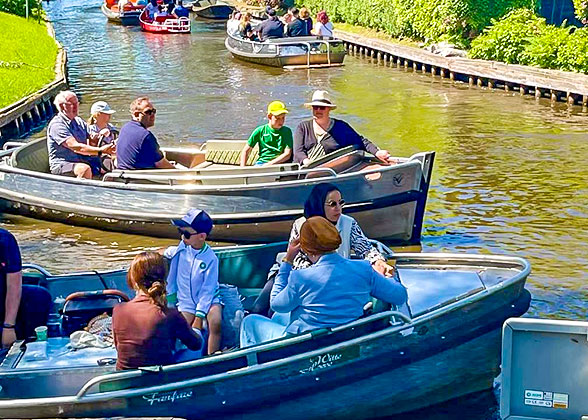 Gems of the Netherlands6 Days Amsterdam - The Hague - Rotterdam - Giethoorn - Amsterdam from USD2409
Gems of the Netherlands6 Days Amsterdam - The Hague - Rotterdam - Giethoorn - Amsterdam from USD2409
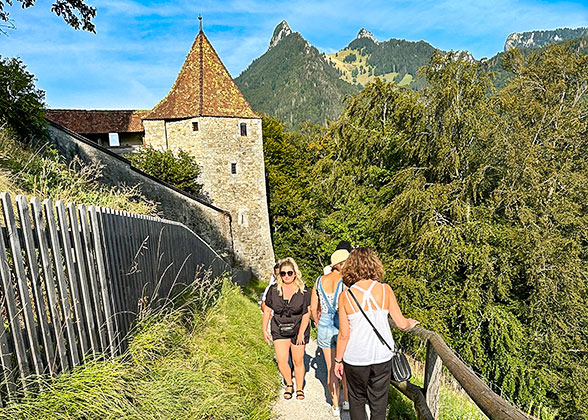 Romania Discovery10 Days Bucharest - Transfagarasan road - Sibiu - Corvin Castle - Merry Cemetery - Gura Humorului - Sighisoara - Brasov - Bucharest from USD2109 USD1855
Romania Discovery10 Days Bucharest - Transfagarasan road - Sibiu - Corvin Castle - Merry Cemetery - Gura Humorului - Sighisoara - Brasov - Bucharest from USD2109 USD1855
